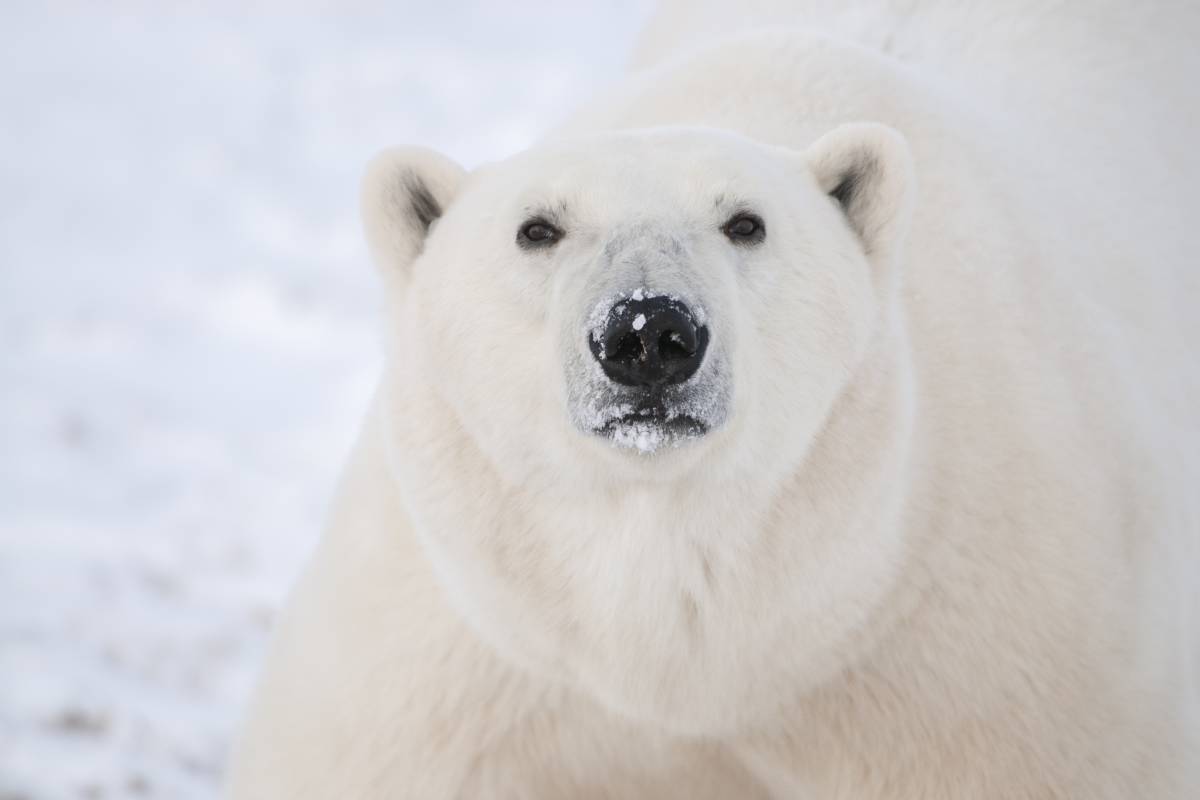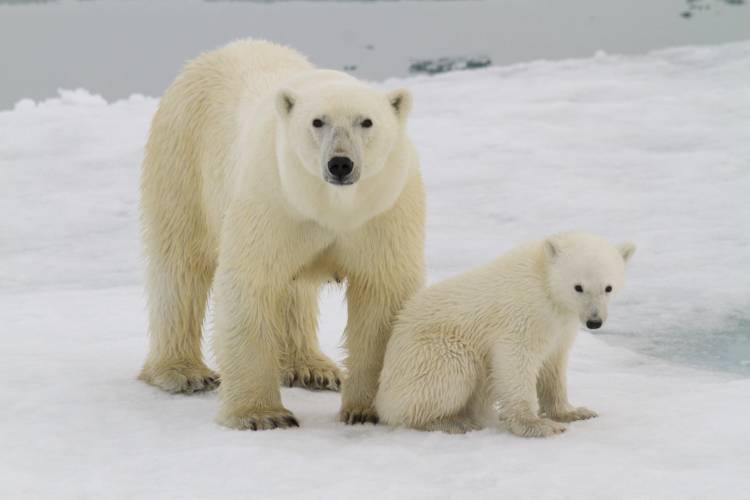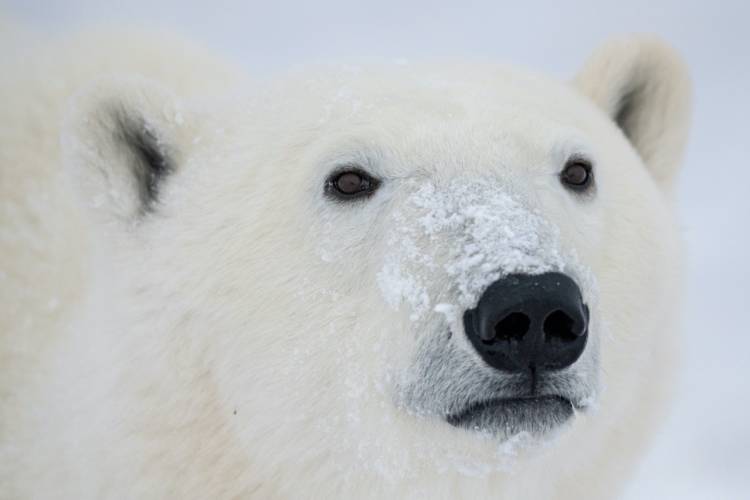Next month, delegates from around the world will gather in Glasgow, Scotland for the COP26 climate conference, where nations are expected to make commitments to address the climate crisis. Their actions will build on earlier pledges made at the Paris climate summit. But will those commitments go far enough? And what do the various possibilities mean for the world’s polar bears?
How will polar bears fare if we keep world temperatures from rising 2°C—or, even better, 1.5°C, the most ambitious goal of the Paris Agreement? What will happen if we fail to make deep cuts and stay at the current level of reductions pledged by the world’s nations, which will result in warming of 3.7°C or more by century’s end?
Polar bears have long been a poignant symbol of climate change, as their sea ice habitat literally melts away as temperatures rise. Polar bears rely on sea ice to hunt their seal prey. When forced ashore in summer by melting ice, they must live off their fat reserves until the sea freezes again in the fall—but the ice-free days are lengthening and there’s a limit to how long they can fast.
In a recent study published in Nature Climate Change, my colleagues and I looked at fasting thresholds for polar bears to determine when various polar bear populations will start to disappear, based on the projected number of ice-free days in different parts of the Arctic under different warming scenarios.
In particular, we looked at when adult female bears will likely no longer have enough fat reserves to give birth to and raise cubs—ultimately causing populations to collapse, as cubs are essential to species survival. (Our study looked at 13 of the 19 populations; we were unable to create models for six populations due to lack of data.)


















